Photo: Oak Hammock Marsh, 1993. The Marsh is an initiative of Ducks Unlimited. This was a recognition event for donors. Source: Winnipeg Foundation files. |
The 1990s were a time of steady growth and deep reflection for The Foundation. It began 1990 with assets valued at $59 million and having distributed close to $3.5 million in grants to the community in 1989; by the end of 1999, total assets had increased to more than $143 million and grants paid totaled close to $6.5 million.

The Foundation’s logo prior to 1994.
In 1994, The Winnipeg Foundation debuted a new logo, as well as its signature maroon colour. The simpler design of Geoff Yuen, a second-year student of Creative Arts at Red River College, is the logo still in use to this day.
The Foundation celebrated its 75th anniversary in 1996 with a special event. On June 6, 1996 – 75 years after its first gift – The Foundation extended an open invitation to all asking them to join a celebration at the Sculpture Garden in Assiniboine Park. In 1991, after Leo Mol donated a collection of artwork, The Foundation made a $50,000 grant towards the creation of the Leo Mol Sculpture Garden. In honour of The Foundation’s 75th anniversary, Mol’s bust of William Alloway was installed in the Garden. For its 75th year, The Foundation’s capital assets were now more than $100 million, having doubled in just eight years, and tripled in 11.
In 1995, it was reported that due to government restraint, The Foundation had “an important lead role to play as a major funder in the community. Using our resources, human as well as financial, to benefit the community, we look to the future with a sense of hope and a desire to initiate change.”57
This set the stage for a special strategic planning session in 1996. That year, The Foundation noted the Board held many thought-provoking discussions, and pondered many important questions:
“Our prime reason for existence is to benefit the people of Winnipeg – are we making maximum impact? Are we in tune with community needs? Our mission is to support non-profit charitable, educational and cultural organizations. Should we look at expanding operating funding in addition to our traditional role as a project and capital funder? Are we as responsive as we can be to needs across the community? Are we effective? Are we proactive? Should we be? Do we need to do more in the area of community leadership? Should we work with other agencies more often? How? What are the risks?”58
As a result of the discussion, the Board decided to develop a special committee consisting of Board, staff and community advisors.
In 1997, The Foundation reported that applications for funding increased 30 per cent over 1996. It called on the charitable sector to think strategically about its future:
“We hear much of the term the ‘new economy’ and the need for nonprofit agencies to regroup and rethink age-old traditions. The reality is that government funding is less and volunteers are facing growing demands for their time, yet Revenue Canada reports that there are 10 new charitable groups registered each week. The time is now to reflect upon community capacity: commitment, resources and skills don’t just ‘happen.’ Rather they are developed through effort and will, initiatives and leadership.”59

Dan H. Kraayeveld 
Richard L. Frost
As an example of this important work, The Foundation cited two separate organizations which successfully merged. The Foundation wrote that Big Brothers and Big Sisters “came to the realization that there was a need for change. They turned to us and United Way Winnipeg to support their efforts. Board and staff brought in experts to review the situation. Ultimately it has meant the amalgamation of these two organizations. We are proud to have been a part of the process, and congratulate them on their efforts to increase potential in our children and our community.”60
On Dec. 1, 1997, Richard Frost joined The Foundation as Executive Director, replacing Dan H. Kraayeveld. Frost has led The Foundation through unprecedented growth and success, and will retire on April 26, 2021 – The Foundation’s 100th anniversary.
Following Frost’s appointment, The Foundation conducted a thorough review of its mission and policies. This work was conducted with support from the Jewish Foundation of Manitoba, United Way Winnipeg, and colleagues in the community foundation movement in Manitoba, and across the country. It resulted in a new strategic plan, restructured staff roles and responsibilities, and a new vision statement: “a Winnipeg where community life flourishes.”
That vision statement was amended in 2017 to include the words “for all’ at the end, paying homage to The Foundation’s focus on social justice and equity.


